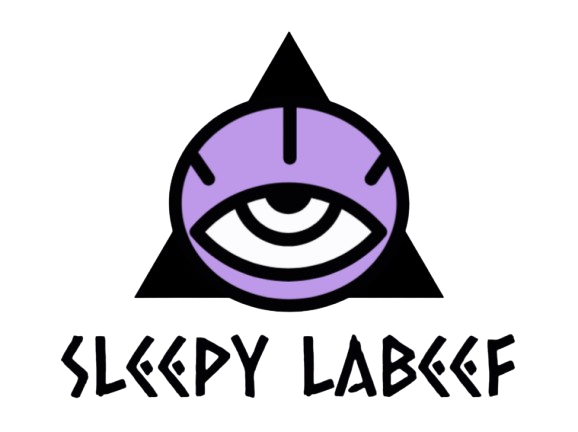
Nowadays, helping deaf children learn to read, write, and enhance their talent and skills have been easy. Therefore, a multisensory teaching approach involves three teaching strategies, namely:
- Visual
- Auditory
- Kinesthetic
The teaching strategies
Deaf children in mainstream schools encounter challenges in their learning that hearing peers don’t experience. Teachers with hearing-impaired students need to use inclusive strategies to assist learning for deaf children. Below are the different teaching learning strategies that help empower deaf students to do their best in schools and set up for success at university, college, and in the workplace.
Ensure a clear line of sight. Hard-hearing students are assisted by inviting them to sit at the relying or interpreter if they want to. If the student uses an interpreter or relies on a lip-reading, hearing aid, or visual clues, being closer to the front helps them learn. Ensure that you face the classroom when speaking and not on the whiteboard. Good lighting is a must to see you.

You have to speak clearly and normally, emphasizing the keywords. Rephrase and repeat when needed. If you organize a group activity, it helps students who lip-read by positioning a circle for the deaf learner to see the other participants when they are speaking.
- Provide visual aids and written handouts. Deaf learners who use lip-reading, to watch an interpreter or a hearing aid may find it different to take notes from the whiteboard. Deaf students don’t miss anything crucial, make all info and announcements from the class available. Learning materials and visual aids are a great way to assist deaf learners, but it is essential to never rush through visual content, particularly when speaking. Give deaf learners time to see the visual content and take it in before starting to speak. They need time to exchange between the auditory and visual.
- Show interpreted or captioned video. If you use video as part of the class teaching, try sign language interpreted or finding captioned options. If these are not available, you may consider how else to get engaged with deaf students with the learning material in a video. The most crucial thing for teachers is getting to be as inclusive as possible at each step along the hearing-impaired learner’s journey.
- Reduce background noise. Students who use a hearing aid help if reducing the amount of background noise in a room. Easier as said than done in noisy classrooms.
Managing student behavior, think of other ways to limit the background noise in the room. There are so many ways to help deaf children learn to read and write through some methods mentioned above.
There are available resources that can be used to help deaf children learn. You only have to stay determined and have the dedication to help them.

